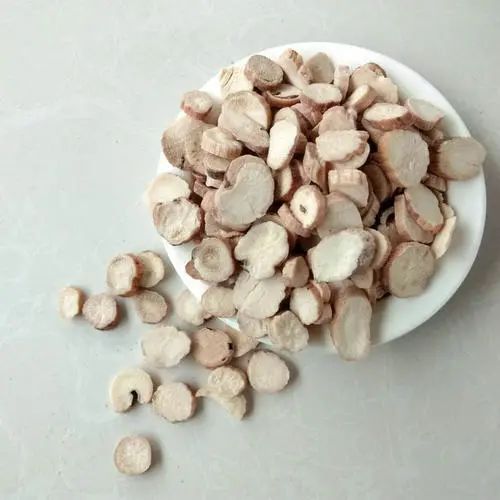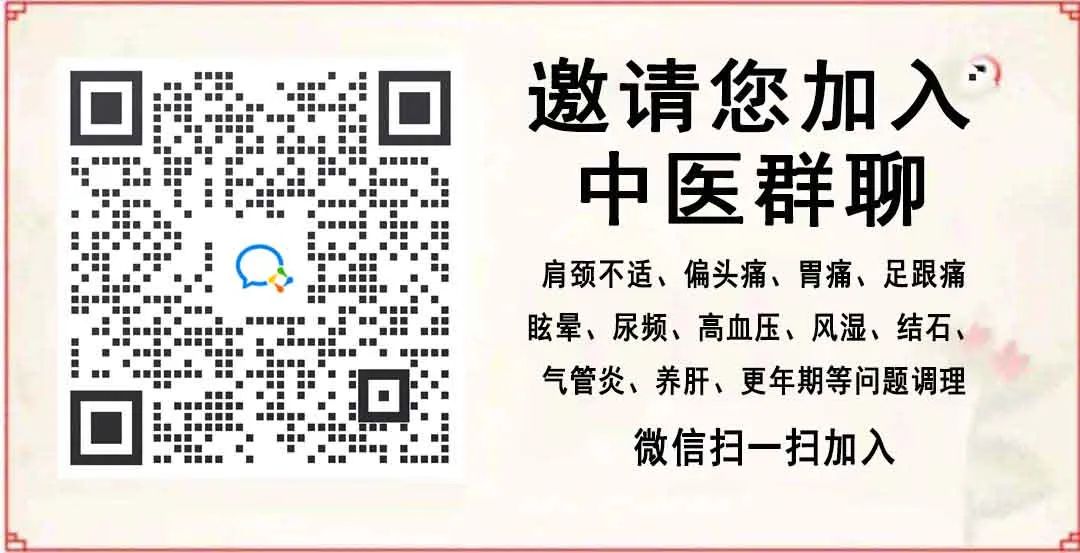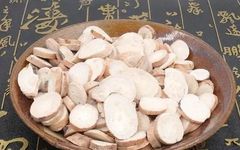————————————————————————————————————————————————————————————————–
Bai Shao (白芍), also known as White Peony, is commonly referred to in TCM prescriptions as Bai Shao or Hang Shao, as it is primarily used in its raw form, hence the name Sheng Bai Shao (生白芍). What are the functions and effects of Sheng Bai Shao?
The Efficacy and Functions of Sheng Bai Shao
1. Sheng Bai Shao can treat cardiovascular and cerebrovascular diseases.
Sheng Bai Shao can dilate the coronary arteries in humans, regulate blood pressure and blood lipids, and significantly reduce platelet aggregation, thus preventing the formation of blood clots, which contributes to the treatment of cardiovascular and cerebrovascular diseases.
2. Sheng Bai Shao can regulate the body’s immunity.
Sheng Bai Shao has a significant effect on enhancing the body’s immune system. It not only protects the liver but also regulates gastric juice secretion, ensuring that all internal organs function normally, thereby increasing the body’s resistance to diseases and significantly improving immune function.
3. Sheng Bai Shao has analgesic and sedative effects.
Analgesia and sedation are also important functions of Sheng Bai Shao. It contains certain glycosides that, upon entering the body, can regulate the nervous system, alleviate pain symptoms, and help relieve anxiety, preventing negative emotions such as panic and tension.
4. Sheng Bai Shao also nourishes and replenishes blood.
The blood-nourishing and replenishing effects of Sheng Bai Shao are remarkable and can be used to treat various adverse symptoms such as excessive menstrual bleeding or postpartum hemorrhage in women. Additionally, Sheng Bai Shao has a protective effect on the liver, reducing viral damage to the liver.
Bai Shao
This product is the dried root of the peony plant from the Ranunculaceae family, primarily produced in Zhejiang and Anhui provinces. It is harvested in summer and autumn, cleaned, and the head, tail, and fine roots are removed. It is then boiled in water to remove the outer skin or peeled before boiling and then dried. The best quality is characterized by thick, long roots that are solid, without white hearts or cracks. It is sliced thinly and can be used raw, stir-fried, or wine-fried.
Identification of the herb: This product is cylindrical, straight or slightly curved, with flat ends. The surface is whitish or light reddish-brown, smooth or with longitudinal wrinkles and fine root marks. It is solid, not easily broken, with a relatively flat cross-section, whitish or slightly reddish-brown, with distinct growth rings and radiating rays. It has a slight odor and a mildly bitter, sour taste. Properties: bitter, sour, slightly cold. It enters the liver and spleen meridians.
Main functions and indications: Nourishes blood and regulates menstruation, astringes yin and stops sweating, softens the liver and alleviates pain, and pacifies liver yang. It is indicated for blood deficiency, menstrual irregularities, spontaneous sweating, night sweats, flank pain, abdominal pain, limb cramps and pain, hyperactive liver yang, headaches, and dizziness.
Dosage: Decoction, 6-15 grams.
Precautions: Should not be used with Li Lu. Not suitable for conditions of yang deficiency and cold.
Modern pharmacology: The decoction of Bai Shao and paeoniflorin has antibacterial effects, inhibiting pathogens such as Shigella, Streptococcus pneumoniae, Escherichia coli, Salmonella, hemolytic streptococcus, and Pseudomonas aeruginosa. It also increases coronary blood flow, improves myocardial blood supply, dilates blood vessels, counters acute myocardial ischemia, inhibits platelet aggregation, and regulates blood sugar. Additionally, paeoniflorin has good antispasmodic, analgesic, hepatoprotective, and stress-enhancing effects.
Selected Formulas
1. For treating qi and blood deficiency, and unstable fetal position: 3 grams each of Ren Shen (Ginseng) and Huang Qi (Astragalus), 1.5 grams each of Bai Zhu (White Atractylodes) and Zhi Gan Cao (Honey-fried Licorice), 3 grams of Dang Gui (Angelica Sinensis), 2.4 grams each of Chuan Xiong (Ligusticum) and Bai Shao (White Peony), 2.4 grams of Shu Di Huang (Rehmannia), 3 grams of Xu Duan (Dipsacus), a pinch of glutinous rice, 3 grams of Huang Qin (Scutellaria), and 1.5 grams of Sha Ren (Amomum). Decoction for oral administration.
2. For treating constipation due to dryness and heat in the stomach: 20 grams of Ma Zi Ren (Hemp Seed), 9 grams of Bai Shao (White Peony), 9 grams of Zhi Shi (Bitter Orange), 12 grams of Da Huang (Rhubarb), 9 grams of Hou Po (Magnolia Bark), and 10 grams of He Huan Zi (Mimosa). Grind into a fine powder, mix with honey to form pills, take 9 grams each time, 1-2 times daily, with warm water, or decoct as a soup.
3. For treating dysmenorrhea: 60 grams of Bai Shao (White Peony) and 24 grams of Gan Jiang (Dried Ginger). Grind into a fine powder, divide into 8 packets, take one packet daily during menstruation, using yellow wine as a guide, for 3 consecutive weeks.
Recommendation: For more folk TCM health information, long press the finger to scan the QR code below to learn more↓↓↓↓↓


The knowledge passed down from our ancestors is often simple yet practical!
If you find it useful, save it and share it with your friends; it can truly help everyone!
Disclaimer: This article is reproduced from the internet and published materials. If there is any infringement, please contact us for removal. The various prescriptions and formulas mentioned are for informational sharing only and do not constitute medical advice, recommendations, or guidance. Please use them under the guidance of a physician.
.

